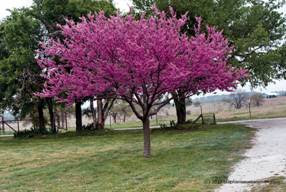Spacing has always been a problem to gardeners in the city or even in just small living areas. There are plenty of solutions out there now for planting and growing even if you are lacking in space. One of the new technique to gardening in small areas is vertical farming.This idea has been around for some time now, but only been making buzz these last few years. This new technique of growing and planting your favorite plants is space-saving and convenient. Vertical farming is about utilizing the space we have and making it all work together. Some gardeners have even taken it a step further by making it look artistic and home décor-like.
As numbers of buildings are growing and cities are expanding there could be a problem with farming in the future. Some believe that vertical farming is the solution to farming in the urban city community. Very similar idea to greenroof gardens in the urban city and we do see that becoming more and more popular. It is more sustainable for us to grow our own food closer to home as it is beneficial for the environment too. Food that is grown closer to home will not have high transportation cost, which will help decrease the price of food and it will also be fresher too. This will take stress off of farmlands that is growing profusely to keep up with high demands for more food.
Here are some interesting ways people has done with vertical farming done at home that you can do too!
This pallet garden is a great idea for planting in small spaces and it looks awesome!
This pallet garden is a great idea for planting in small spaces and it looks awesome!
This is a clever idea that turned a shoe holder into a hanging garden for herbs. This would be great in a small backyard area as it only hangs and doesn't take up much space at all.
Yes, those are gutters and this is certainly a innovative way to garden on the side of the house. It is proven to work and the results are amazing.







































